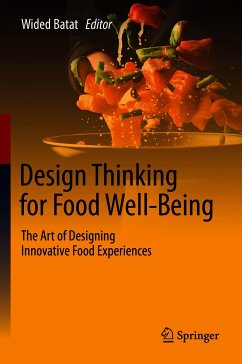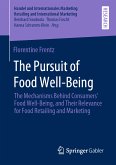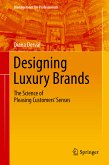How can we design innovative food experiences that enhance food pleasure and consumer well-being? Through a wide variety of empirical, methodological, and theoretical contributions, which examine the art of designing innovative food experiences, this edited book explores the relationship between design thinking, food experience, and food well-being.
While many aspects of food innovation are focused on products' features, in this book, design thinking follows an experiential perspective to create a new food innovation design logic that integrates two aspects: consumer food well-being and the experiential pleasure of food. It integrates a holistic perspective to understand how designing innovative food experiences, instead of food products, can promote healthy and pleasurable eating behaviors among consumers and help them achieve their food well-being. Invaluable for scholars, food industry professionals, design thinkers, students, and amateurs alike, this book will define the field of food innovation for years to come.
While many aspects of food innovation are focused on products' features, in this book, design thinking follows an experiential perspective to create a new food innovation design logic that integrates two aspects: consumer food well-being and the experiential pleasure of food. It integrates a holistic perspective to understand how designing innovative food experiences, instead of food products, can promote healthy and pleasurable eating behaviors among consumers and help them achieve their food well-being. Invaluable for scholars, food industry professionals, design thinkers, students, and amateurs alike, this book will define the field of food innovation for years to come.
Dieser Download kann aus rechtlichen Gründen nur mit Rechnungsadresse in A, B, BG, CY, CZ, D, DK, EW, E, FIN, F, GR, HR, H, IRL, I, LT, L, LR, M, NL, PL, P, R, S, SLO, SK ausgeliefert werden.









